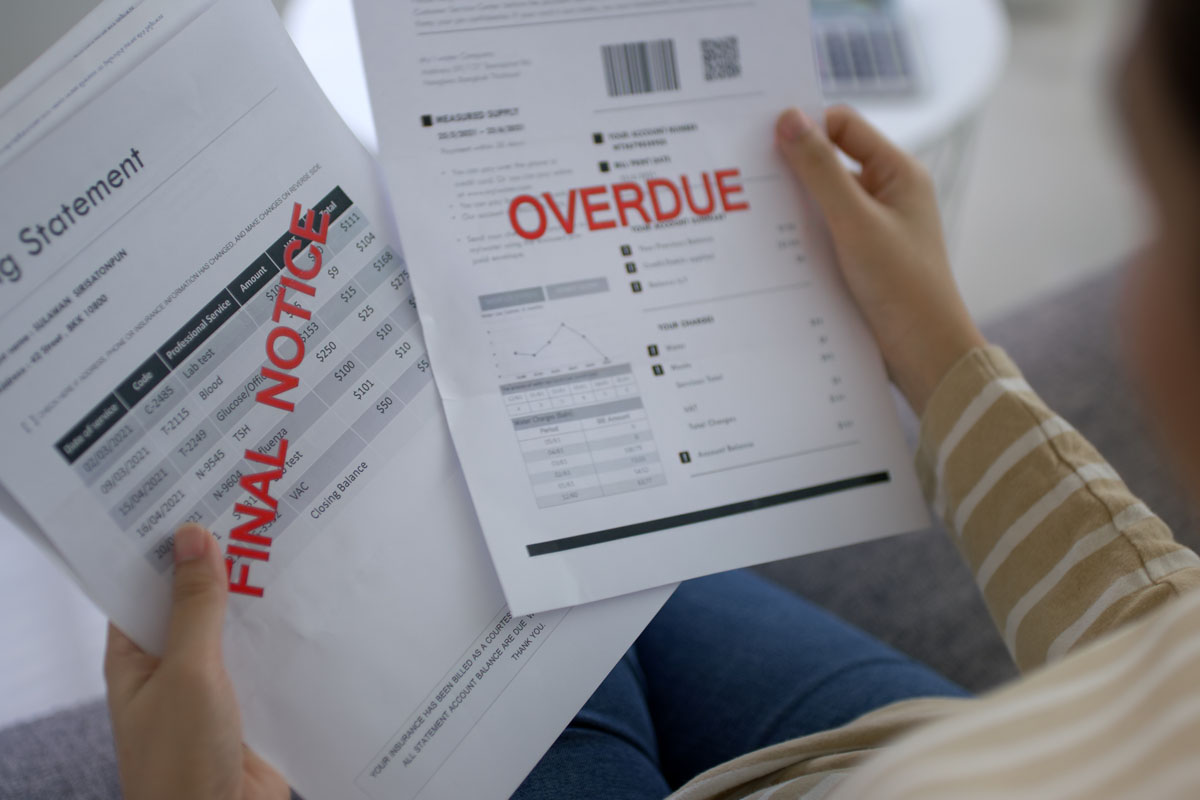A lien waiver is a written contract between a payor and a contracting party in which said contracting party “waives” their right to place a lien on the payor’s property or merchandise.
Lien waivers are typically used in the construction industry during stages of projects.
A lien waiver shares similarities to a receipt and can stop a mechanic’s lien from getting filed.
Comprehending Lien Waivers
A lien waiver is pretty normal in the construction industry. Basically, it is a contract from a contractor, sub-contractor, supplier, or another party that retains a mechanic’s lien that establishes they have been fully paid and waive lien rights in the future to the disputed property.
In the US, a lot of states only acknowledge conditional waivers on progression payments and unconditional waivers after final payments. Just as a mechanic’s lien can be an excellent aid to those pursuing payment for delivery of services, a lien waiver can be advantageous for owners that have made full or partial payments.
In general, there are four kinds of lien waivers:
- An ” Unconditional Progress Payment Release” releases all claimant rights through a particular date with no provisions.
- A ” Conditional Progress Payment Release” releases all claimant rights through a particular date, as long as the payments have truly been received and processed.
- A “Final Unconditional Lien Waiver” eliminates all claimant rights following receipt of the payment.
- A ” Final Conditional Lien Waiver ” eliminates all claimant rights following receipt of the final payment with certain stipulations.
The Way in Which to Apply a Lien Waiver in the Development and Construction Process
Lien waivers might see repeated use in the construction sector through many stages of a project. A lien waiver might be interchanged as each service is finished, and payment is received by each of the parties. Some parties are not going to release payment unless a lien waiver gets signed and handed to them. It might not always be sensible to sign a lien waiver prior to receiving payment. There is a chance that a check could bounce or that the legitimate delivery of payment is otherwise postponed.
The lien waiver documents serve as a type of receipt and stop the chance of a mechanic’s lien from getting filed. The documents are created to ensure that all parties are being appropriately provided for in their business relations. They provide paying parties with the assurance that they are not going to be met with making several payments for a particular service. They can also expedite the payment process, enabling parties to be paid to receive their payments faster.
Typically, paying parties do not want to write a check unless a lien waiver was signed. The faster a lien waiver gets into business relations, the quicker payment can be made after the services are rendered. The party accepting the payment could devise their own lien waiver for the purpose of being completely assured of signing away just lien rights.
If sub-contractors are involved in a project, the difficulty level of receiving lien waivers increases. The main contractor might act by the issuance of a lien waiver for the latest payment and lien waivers from sub-contractors for prior work on the project they have previously received payment on. Lien waivers need to outline the particular materials, labor, and project they get issued for. If they fail to do so, there is a possibility that the recipient of the lien waiver could claim the payment was for any project they wanted, instead of the one in question and that the new payment is still necessitated.
Dar Liens Offers Lien Processing and Filing in Arizona
Dar Liens Offers Processing and Filing of the following types of Liens: Pre-Liens, Notices to Owner, Medical Liens, Construction Liens, Mechanics Liens, HOA Liens, 20 Day Preliminary Lien Notices, and more.







